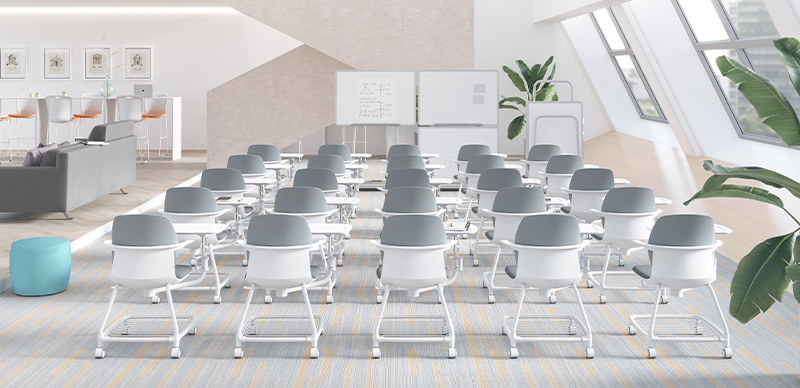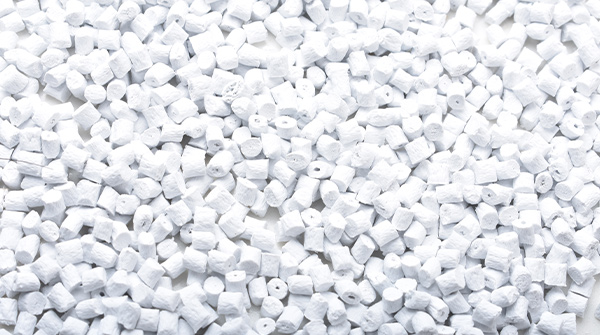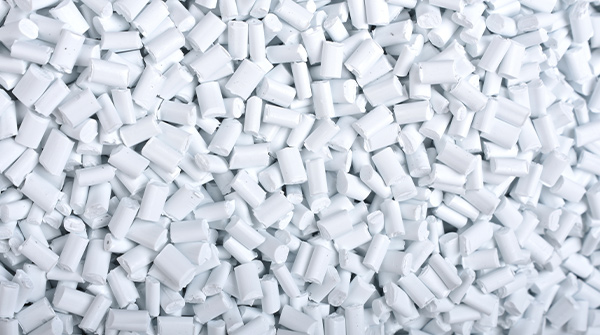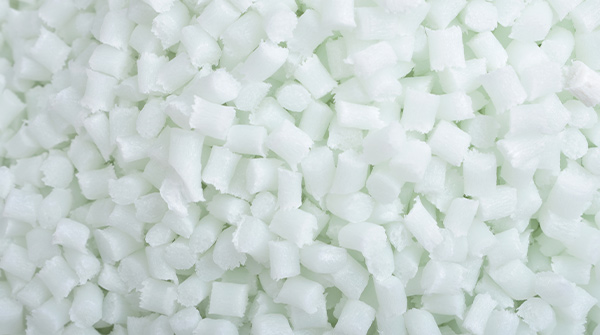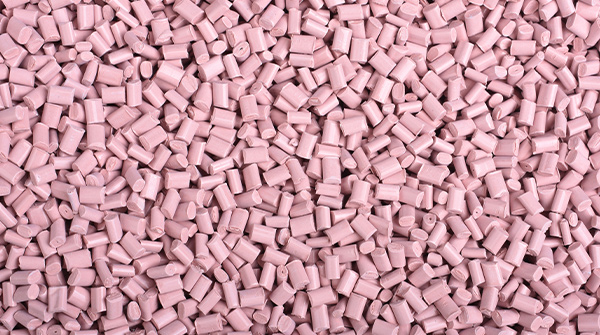Modified plastics play an important role in the furniture industry, which not only provides good mechanical properties and chemical resistance, but also meets the diverse needs of furniture design. Its lightweight, high-strength, corrosion-resistant, flame-retardant and other characteristics make furniture safer and more durable. At the same time, modified plastics are easy to process and mould, and can achieve the manufacture of complex shapes, providing furniture designers with a wide creative space. In addition, it also has the advantages of high cost-effectiveness and good environmental performance, which meets the requirements of the modern furniture industry for sustainable development.
